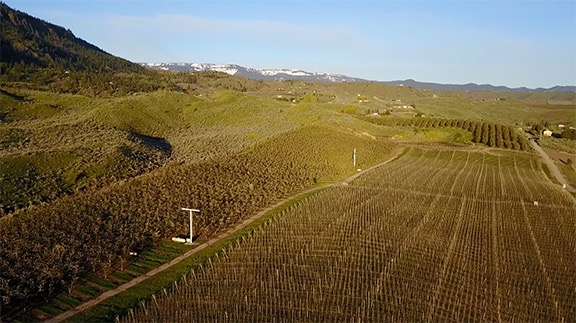When a Craig’s List sale isn’t exactly a “sale.”
Years ago, when I lived in Arizona and was nearing the peak of my writing career, I had a lot of disposable income. Before I began dumping it into aviation and what would become my third career as a helicopter pilot, I invested that extra cash in real estate. One year, I bought a condo in town to use as a rental. The following year I got more ambitious and bought a property with a two bedroom, two bath house and a four unit apartment building on it.
The apartments, which were studios, were functional and cute. They were all furnished; the previous owner had lived in the house with her grown son and rented the apartments out to an assortment of low income folks and winter visitors. The furniture was the kind of stuff you’d find at a garage sale. In fact, that’s where most of it ended up since I wound up refurnishing every unit with southwest style lodgepole furniture made on order by a small company in Phoenix. I was trying to make the place a little more upscale, hoping to attract a different sort of tenant. (For the record, I count that as one of my failures.)

The table and chairs pose for a Craig’s List photo against my garage door. One chair was in perfect condition while the other had some upholstery issues. And yes, they are kind of ugly.
I did keep a few items, including a drop-leaf formica table and two vinyl-covered chairs. I don’t know why I kept them; maybe they reminded me of my childhood? They were certainly from that era — the 1960s or maybe even earlier — and well-made. They eventually wound up in my Wickenburg hangar where the table became a stand for my small hangar fridge and the microwave I kept on top of it. The chairs didn’t get much use.
When I moved out of my Wickenburg hangar in September 2013, the table and chairs were packed into the moving truck along with boxes of household items and other better furniture. They were unpacked into a hangar in East Wenatchee, where they sat with my other furniture until June 2014. That’s when they moved again, this time into my new home in Malaga. And it might come as no surprise that my little fridge wound up on top of the table again in my big garage.
As anyone who has been in my garage can tell you, I have a lot of stuff. Too much stuff, in fact. I’m one of those people who holds onto things if I think they might have any use at all in the future. (This also explains why I still own the Jeep Wrangler I bought new in 1999, the Honda S2000 I bought new in 2003, and the Yamaha Seca II I bought new in 1993; heck, I do use them all. It also explains why I have such a big garage.) Little by little, I’ve been selling off the stuff I no longer need/use/want. When I bought a nice rolling media cart at a school sale last year and the little fridge went on top of that, I no longer had any use at all for the table. So I listed it on Craig’s List.
I should mention that I tried to sell it last year, too. The table is probably considered an “antique” and it likely has some real value. I think I listed it for $80 last year but didn’t get a single call.
This year, I listed it for $40. It’s not as if I needed the money. It’s just that when you list something with any value for free on Craig’s List, you get all kinds of weird characters competing to claim it. I didn’t want to deal with all that.
I got a call from a girl who was interested but unable to come see it. She said she’d call back but I didn’t hear from her again.
Then I got a call from a guy in Seattle — a 3+ hour drive from here — who was very eager to come. He called at 3 PM on a Sunday and asked if he could come that night. I suspect he realized that the table had some value; maybe he even knew where he could sell it to turn a quick buck on the west side. I said, “You want to drive all the way out here for a $40 table?” He hesitated and then said, “I like retro furniture.” But I guess I’d planted a seed in his head. Was it really worth six to eight hours of a day to scoop up this bargain? What would gas cost? And what if the condition of the table wasn’t as good as he expected? He told me he’d call back. I never heard from him again.
I renewed the listing on Craig’s list. Another girl called. In all honesty, it could be the first girl. She lived in Chelan and could come Monday after work. She got out at 5 PM and would be here by 6. I didn’t tell her that it would take more than an hour to get here from Chelan.
She showed up at 6:45, still dressed for work, full of apologies. By that time, I had the garage door open for her. As we walked to where I’d stowed it in the back of the garage, a small pickup truck with a cap pulled up. She told me her parents had come in case she couldn’t get it in her car. That meant two vehicles had made the hour+ drive from Chelan. Soon we were all in the garage looking at the table.
I struggled to figure out how the supports for the drop leafs worked and finally succeeded in raising one side. It was a cool mechanism that I had completely forgotten about — the legs of the table actually slid out on a wooden track. (Seriously: they don’t make stuff like this anymore.) Her mom sat in one of the chairs. We chatted. I asked her if it was for her first apartment and she said it was.
I thought back to my first apartment. I was 20 years old and right out of college. It was a big studio with a separate kitchen in a not-too-savory part of Hempstead, NY. From my 6th floor window, I could see my old college dorm just a few miles away. I’d struggled a bit to furnish it with a combination of used and cheap new furniture, none of which I still own. I remembered the excitement of those days, of starting a new life away from home and school, of earning a living for myself. Every day was an adventure or challenge. I seldom had more than $20 in my pocket and liked to hold onto it as long as I could.
So when she handed me the $40, I told her to keep it.
She was surprised and asked if I was sure. I told her I was and that it was my housewarming gift to her. I told her that when she was ready to replace it, maybe she could sell it for $100 and put that towards the new set.
Her dad loaded the table into the truck and I carried over one of the chairs while she took the other one. They slipped it inside and closed the cap on the truck. We chatted for a while about the winery down the street and I urged them to come back there for a tasting one weekend. And then I shook her hand and wished her good luck.
Gotta pay it forward.
The funniest thing to me about the whole exchange? None of them so much as mentioned the elephant in the room: the helicopter parked in my garage.


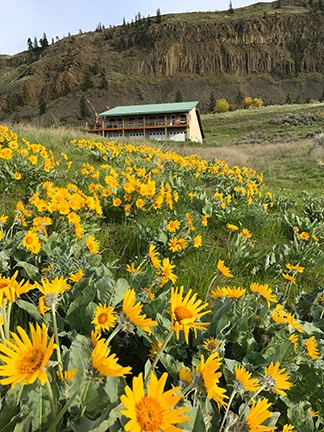



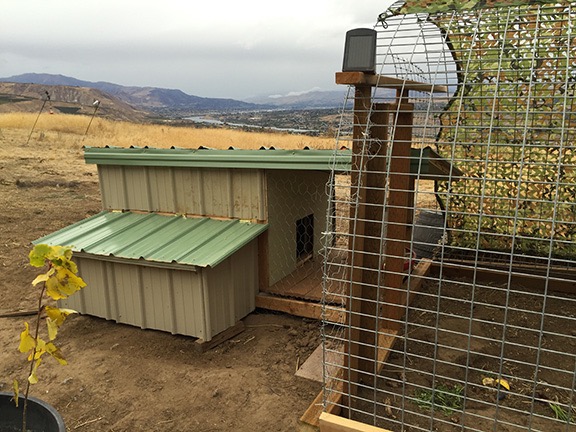
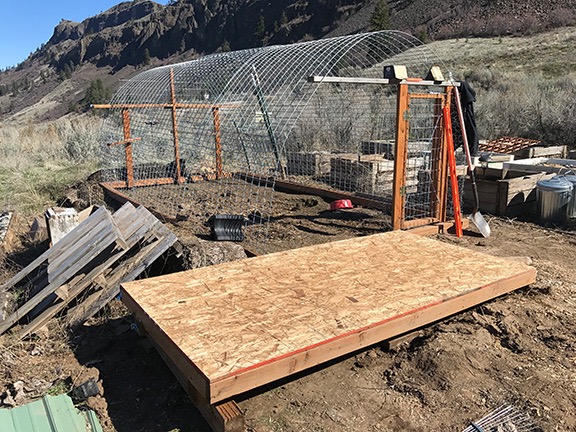
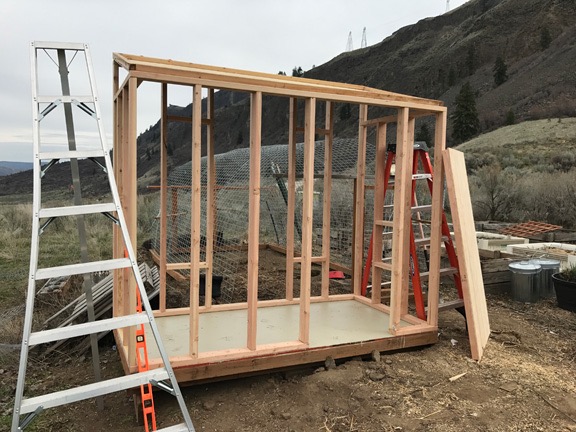
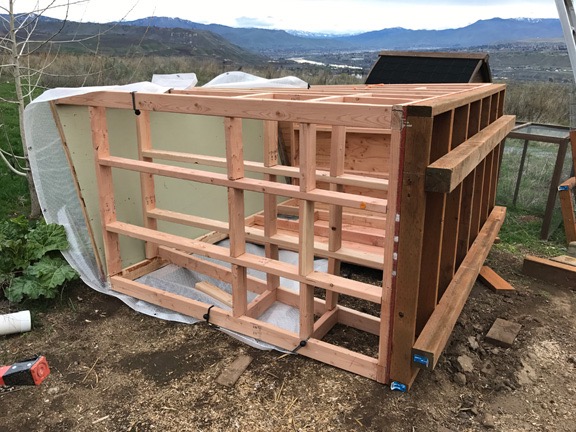
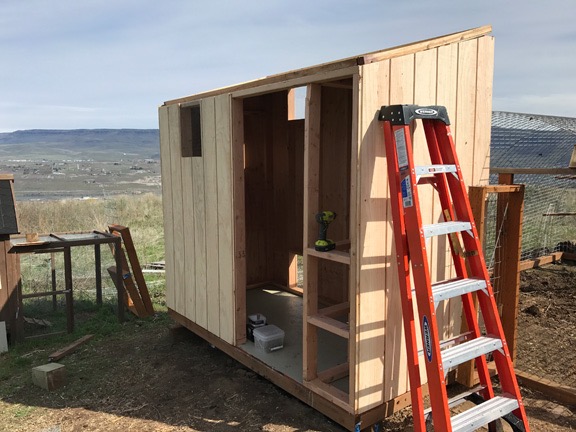
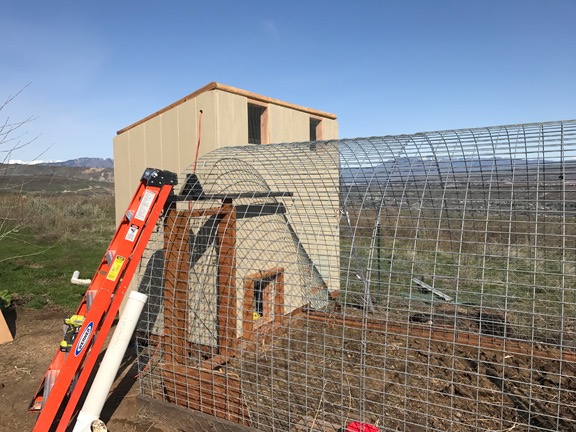
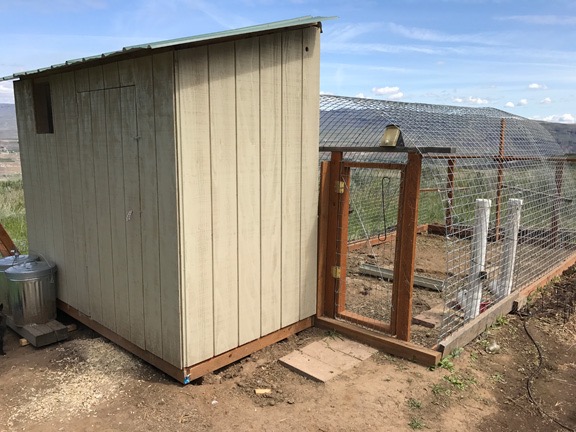
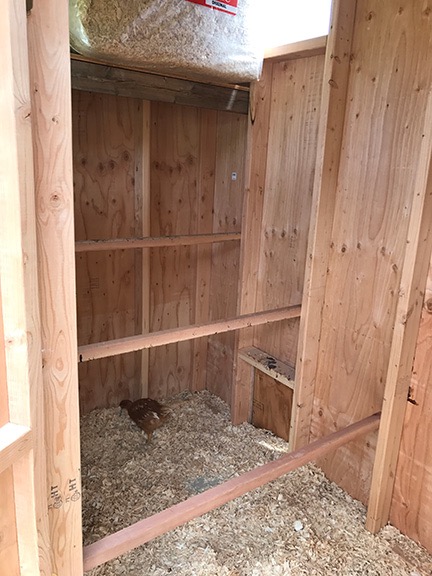
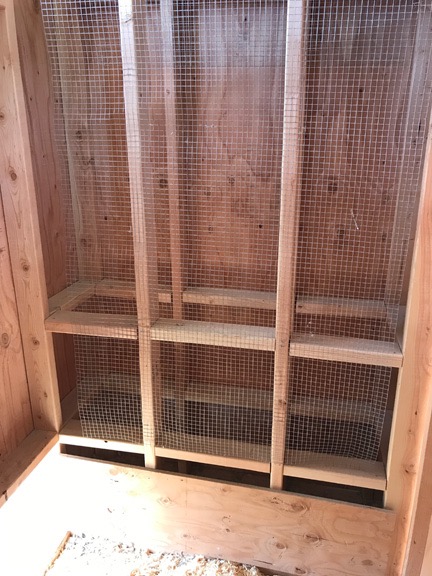
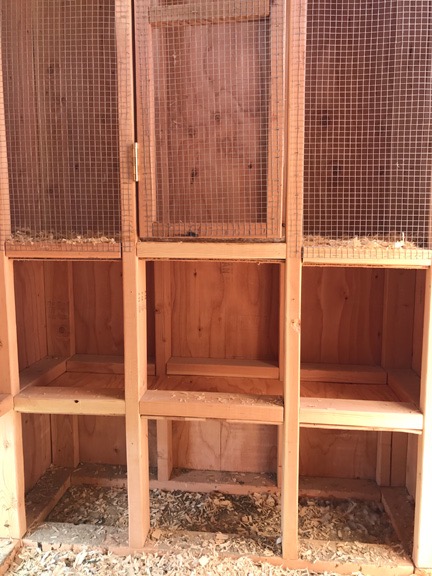
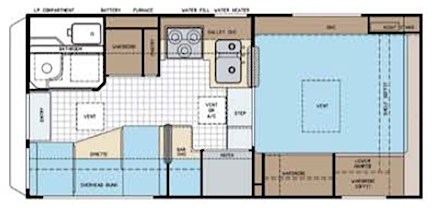
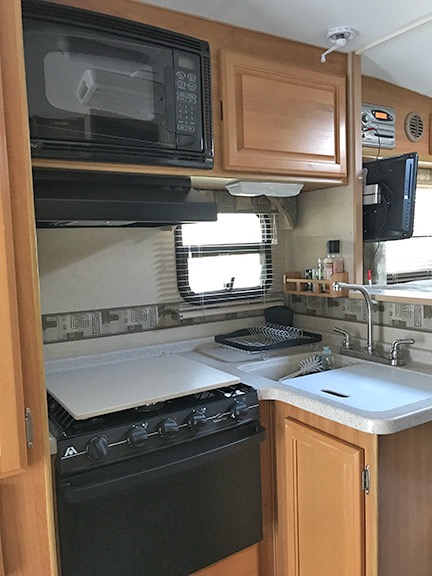

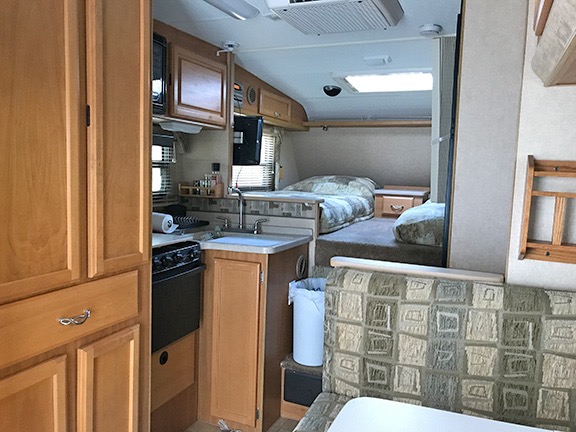

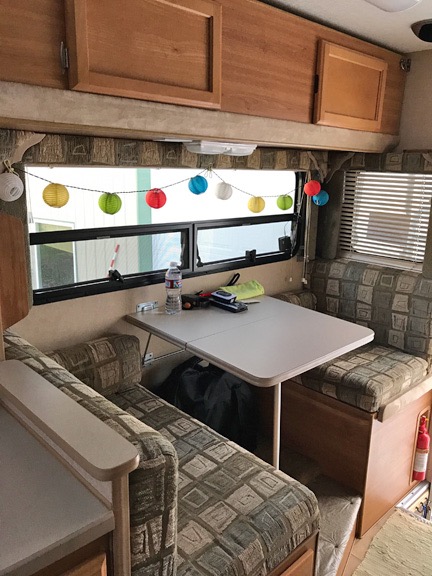 Because the dining area isn’t on a slide, there’s storage overhead. That cabinet actually folds down to be used as a bunk for kids or a huge storage shelf. (And yes, I already hung my solar Chinese lanterns.)
Because the dining area isn’t on a slide, there’s storage overhead. That cabinet actually folds down to be used as a bunk for kids or a huge storage shelf. (And yes, I already hung my solar Chinese lanterns.)